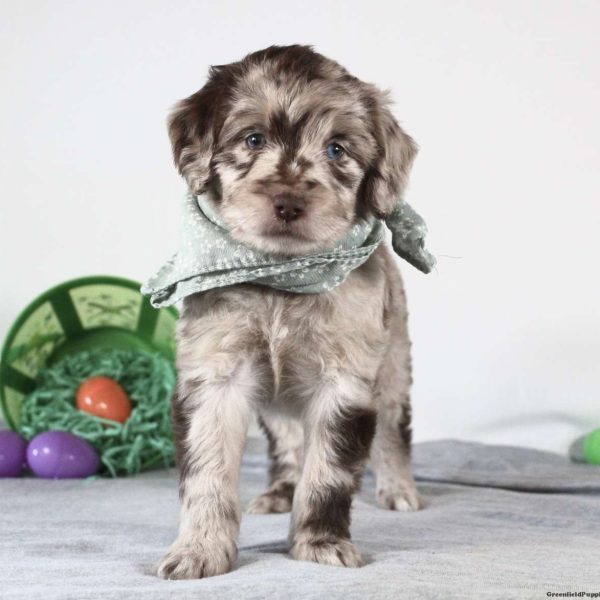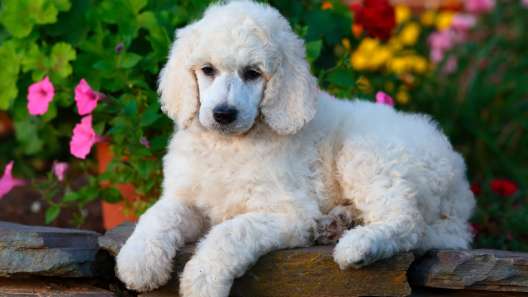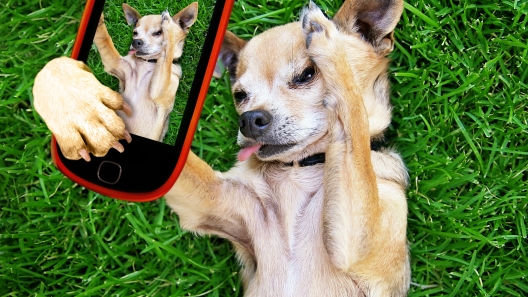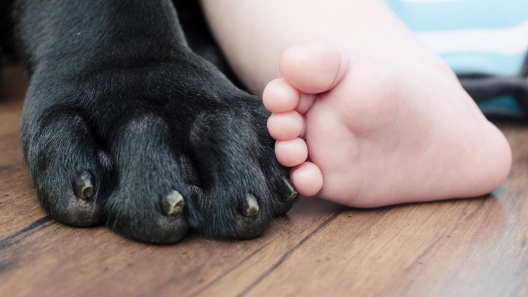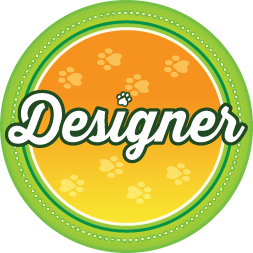
-
Activity Level:
high
-
Shedding Level:
low
-
Grooming Level:
high
-
Trainability:
high
-
Good for Novice Owners:
moderate
-
Adaptability:
high
-
Kid/Pet Friendly:
often
-
Prey Drive:
low
-
Watchdog:
very alert
- Average Size: Medium
- Average Lifespan: 10-15 years
- Registered?: other
Aussiedoodle Dog Breed Information
Overview
Temperament
Adaptability
Health
Owner Experience
Grooming
Activity Level
Size
Life Span
Did You Know?
The Aussiedoodle, sometimes also called an Aussiepoo, is a mixed dog breed that is more popular in the US than they are in Australia. Aussiedoodle puppies can be a cross between an Australian Shepherd and a Poodle, an Aussiedoodle and an Aussie or a Poodle, or two Aussiedoodles.
Although this dog breed is not recognized by the American Kennel Club (AKC), they are recognized as a designer dog breed by the American Canine Hybrid Club (ACHC). The Aussiedoodle is also recognized by the Designer Breed Registry, the International Designer Canine Registry, and the Designer Dogs Kennel Club. Their friendly, sweet nature makes them a good fit as companions and as working dogs. They can often be found serving as therapy dogs, service dogs, and emotional support animals.
Both of the dog breeds in this cross are intelligent with friendly dispositions. As such, Aussiedoodles tend to be intelligent, friendly, and affectionate dogs. This mixed dog breed is very playful. Well-socialized Aussidoodles tend to get along well with children, as well as other people and animals. They make great companions that are devoted to their families and love to be around their humans.
Because of the Australian Shepherd in the cross, your Aussiedoodle may inherit herding instincts. If your Aussiedoodle starts showing herding behavior, it can be curbed early on by training and redirecting that energy towards more positive outlets.
The Aussiedoodle adapts well to change. They do well in most climates, but, as with any dog, do not typically do well in extreme hot or cold. They are best-suited for active families and homes with yards where they can romp around. Aussiedoodles can do well in apartments, as long as they get enough exercise, mental stimulation, and attention every day.
However, they do not like to be alone for long periods of time, and they can develop separation anxiety. It’s important to socialize your dog and work with them on this early on. If you do have to leave your Aussiedoodle alone, make sure to leave them plenty of challenging toys and puzzles to keep them occupied.
You can also consider hiring a dog sitter or exploring doggie daycares to make sure your Aussiedoodle gets the exercise and attention they need while you are gone. Dog boarding can be a good option if you have to be away for a longer period. For shorter periods, even just a day or a few hours, a doggie daycare or dog sitting service can be a good option. This type of flexibility and services to meet your dog’s needs are some of the benefits of a good doggy daycare.
Although sometimes mixed breeds win the genetic lottery and inherit none of the concerns common to their parent breeds, they can also still sometimes be prone to the health conditions common to one or both of the parent breeds.
Some health concerns to be aware of in Aussiedoodles can include hypothyroidism, hip dysplasia, deafness, and epilepsy. Good breeding practices and the health of the parents make a big difference in the health of Aussiedoodle puppies.
Reputable breeders will screen their dogs to make sure they are not passing preventable issues to puppies. Make sure you ask about the health and genetic history of both parents. You can also ask about the results of any health tests or clearances that have been done.
With some of the smartest dog breeds as parents, it’s no surprise that the Aussiedoodle is known for being an intelligent dog breed. This often also makes them highly trainable. They are also sensitive and eager to please, which means they respond best to positive training techniques focused on rewards and praise.
Early socialization and training help your Aussiedoodle puppy grow into a well-adjusted dog. Due to their high energy level, they tend to be a better fit for intermediate to experienced dog owners who know how to handle their energy and keep up with them. Novice owners can do well with Aussiedoodle puppies, but puppy training classes are recommended to help owners channel their energy and working nature effectively.
Their intelligence, paired with their high energy level and working group background, means they are often easily bored and do best when they have a job to do. The busier and more engaged their job keeps them, the better. They also love learning new tricks! Without a job to do, they will find ways to entertain themselves, which can result in unwanted or even destructive behavior. These can be key signs your dog is bored.
Between the Australian Shepherd and the Standard Poodle, the Aussiedoodle coat colors and patterns vary greatly. With the Poodle in the mix, this mixed dog breed can pick up some hypoallergenic qualities and is often low-shedding. However, with the Aussie in the mix, there is a chance that an Aussiedoodle will shed moderately.
Individual dogs vary depending on the traits they inherit from their parents. First-generation Aussiedoodles can have long, straight fur, a curly coat, or something in the middle, so be prepared for regular grooming to prevent tangles and matting, depending on your Aussiedoodle’s coat.
If your Aussiedoodle inherits more of the Poodle coat, you will need to brush them every day to comb out tangles, prevent matting, and keep their coat healthy. You will also want to plan on bathing them every 4-8 weeks and having them professionally groomed every 6-12 weeks. If it’s closer to a Standard Aussie coat, brushing a few times a week and the occasional bath are usually sufficient. If the dog coat type is something in between, you’ll want to brush every day or every other day and be prepared for professional grooming a few times a year.
Start getting your puppy used to you handling their paws and ears and brushing their teeth early on. You’ll need to trim their nails once or twice a month and also check their ears regularly. It’s also important to brush your dog’s teeth every day to keep their gums and teeth healthy. Daily brushing, in addition to cleanings at the vet when needed, is ideal to help keep tartar buildup at bay and prevent painful dental diseases later in life.
An Aussiedoodle will generally be a high-energy dog that requires a lot of daily activity and a job to do. A good walk a few times a day, paired with some active playtime, plenty of attention, and other activities, will keep this pup happy and healthy.
Aussiedoodles are also active and athletic enough to compete in dog sports. They tend to be a good fit for flyball, agility, rally, and obedience. Even if you’re not officially competing, dog sports can be good opportunities to give your dog exercise and a job, while teaching them something new.
They may also love to swim, which is a great low-impact activity to help them expend extra energy. In addition to going swimming with your dog, you can also take your Aussiedoodle on a hike with you or on trips to the dog park. Just make sure to keep activities low-impact until puppies finish growing to avoid damage to developing bones and joints.
Fully-grown Standard Aussiedoodles are medium-sized dogs that usually stand 19-24 inches tall and weigh 40-70 pounds. Looking at the size of the parents, particularly the mother, can give you a good idea of what size to expect in your Aussiedoodle.
If an Aussie is crossed with a Mini Poodle, they will be a Mini Aussiedoodle. Fully-grown Miniature Aussiedoodles usually stand 12-18 inches tall and weigh 15-35 pounds.
An Aussiedoodle generally lives for 10-15 years on average.
Aussiedoodles are fantastic companions and highly intelligent. So much so, they are fondly referred to as “canine Einsteins”.

